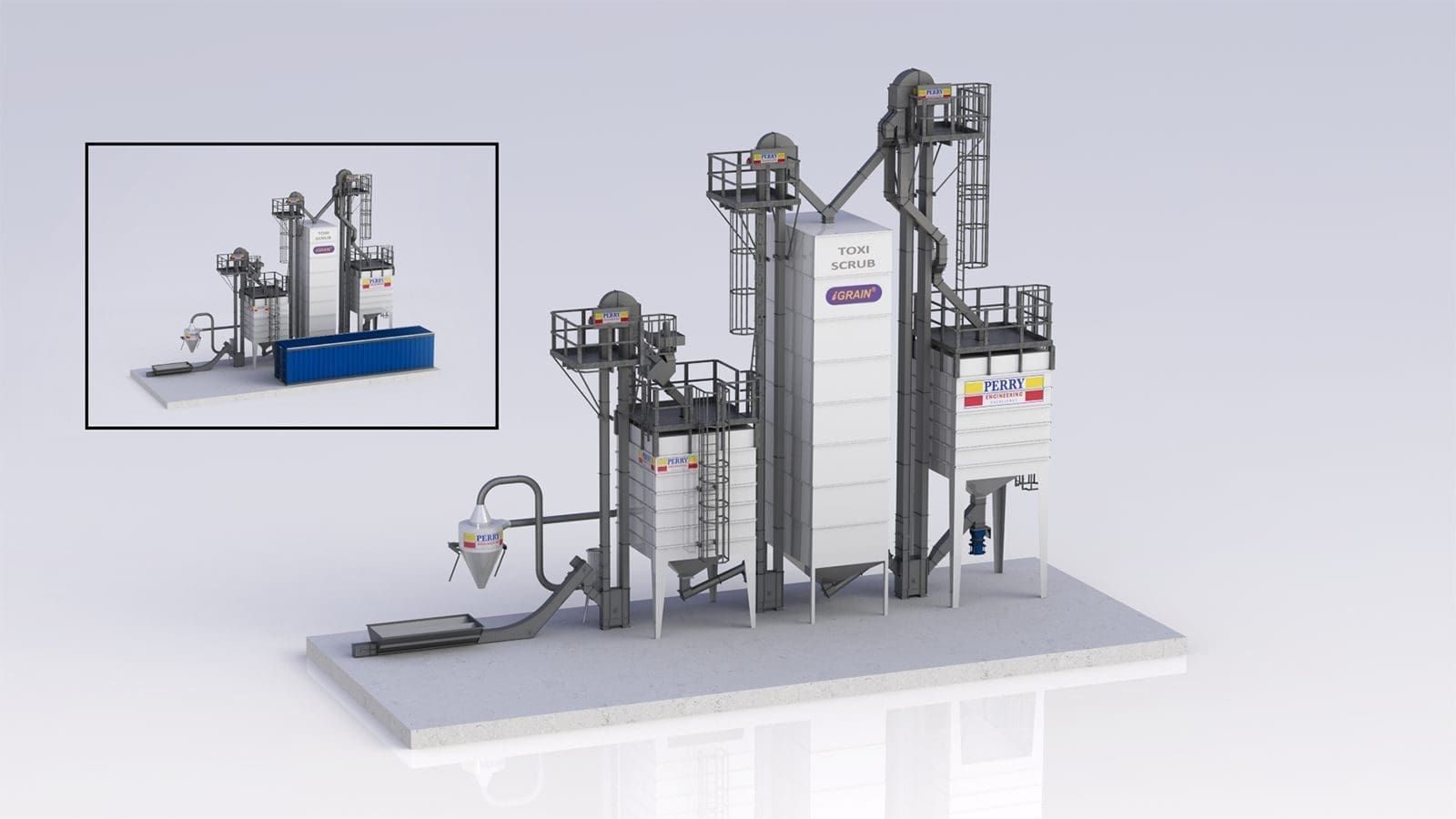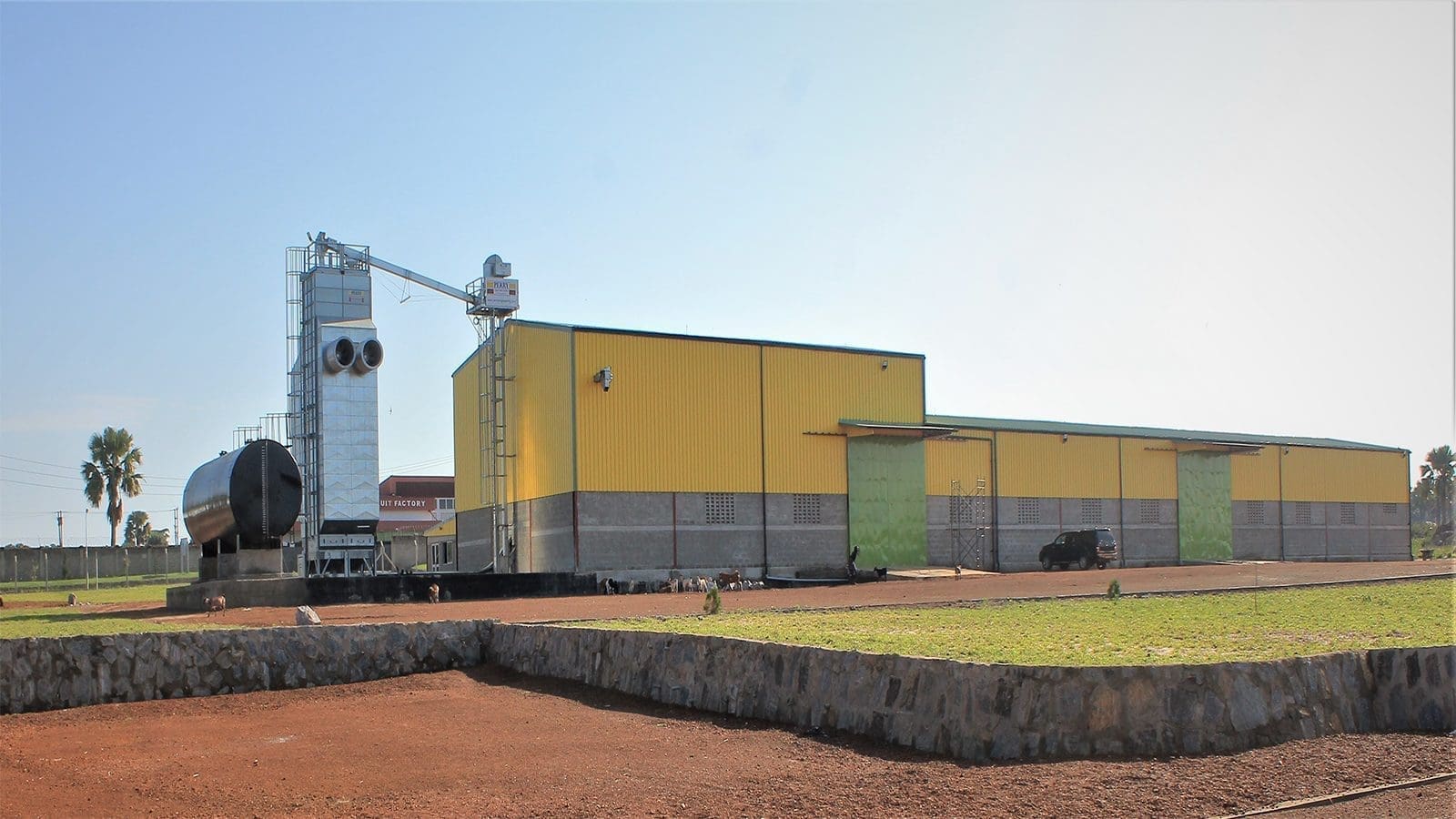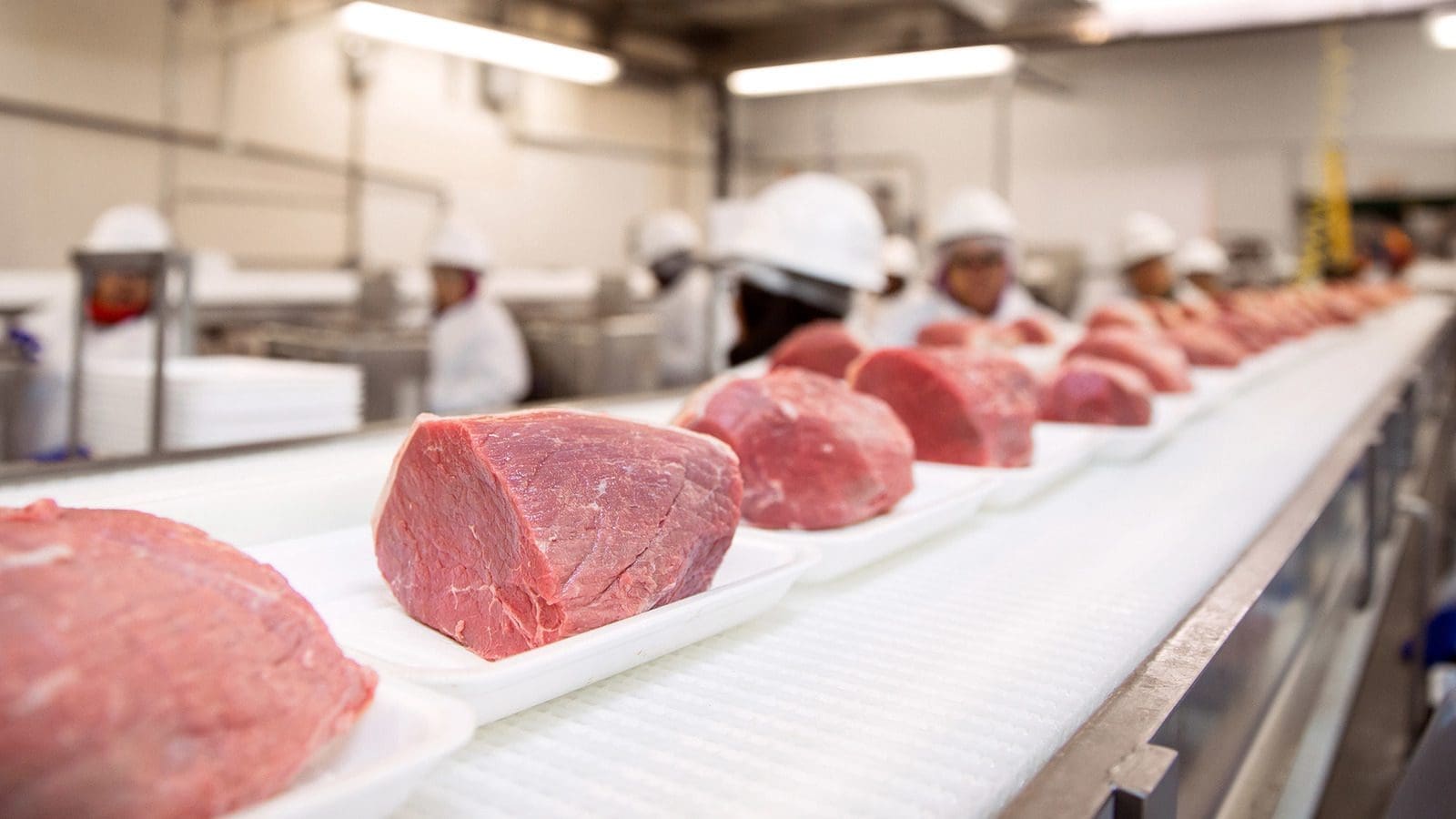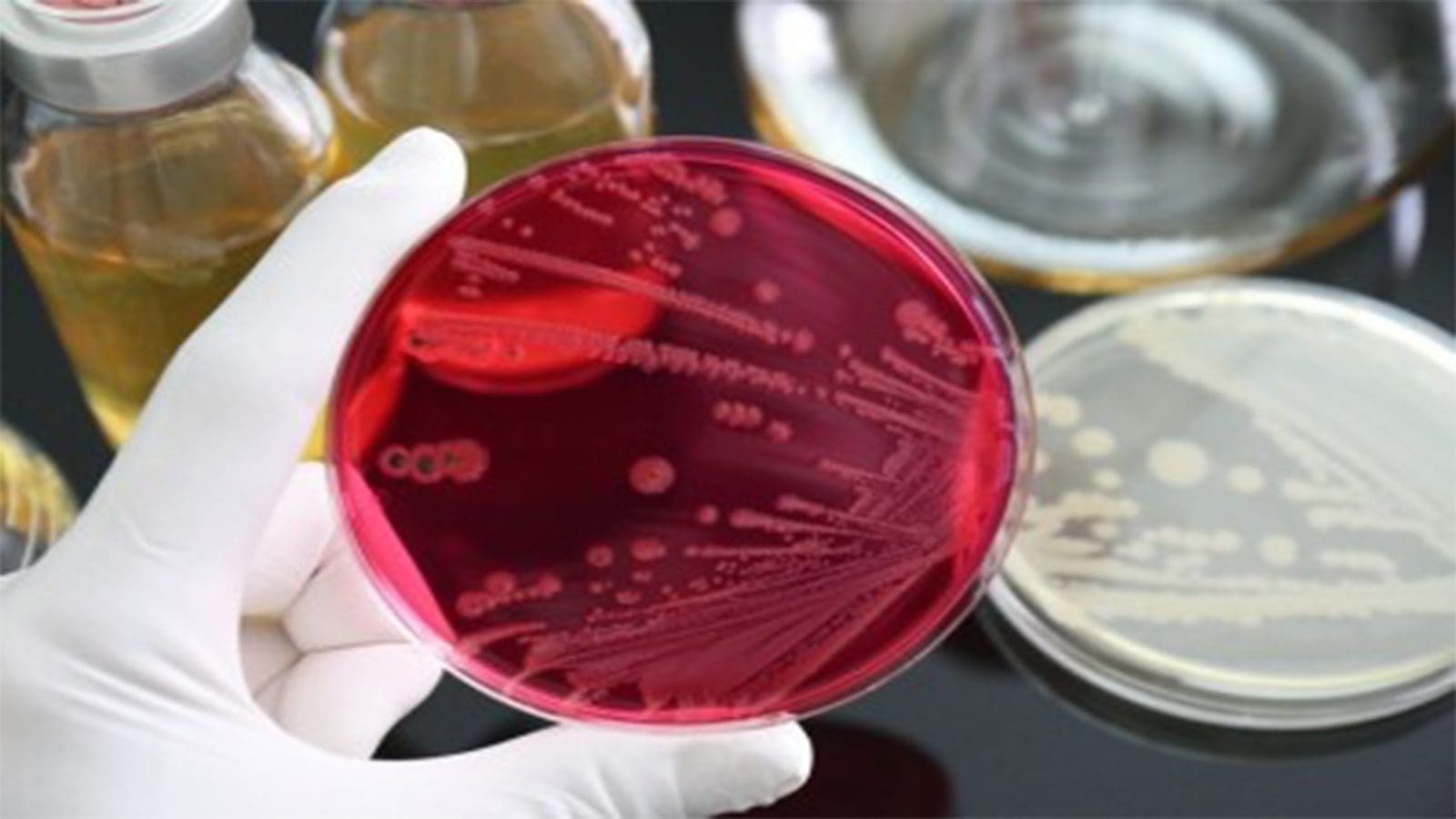UGANDA – Uganda will soon be able to rid itself of the aflatoxin menace following plans by Pela Commodities Limited, a Ugandan company that buys, processes, packages and markets agricultural grain products, to install the country’s first Aflatoxin removal machine, TOXI-SCRUB in the coming weeks.
Commenting on the latest development, the Pela Commodities General Manager, Isaiah Langa said Uganda’s grain handlers have had a long-standing aflatoxin problem, but this is a step in the right direction to help enhance our yields and output.
“It will turn harmful maize or grain that cannot be exported or sold to reputable processors into a high-value product. We have already trained our team members on aflatoxin testing and they’re ready to start operating the machine,” he said.
The machine has different treatment programs and can be adjusted to bring the contamination well below permitted levels. It has the capacity to reduce high levels of aflatoxins to 10 parts per billion (ppb) or less.
TOXI-SCRUB cleans the infested grain like maize, sorghum and wheat. It involves a grain-washing machine and a chemical, known as ozone, which effectively scrubs and cleans the affected seed, but also penetrates the seed to kill the fungus that has penetrated it.
Besides mycotoxins, it can also get rid of biologic contaminants such as insects, fungus, bacteria and mites, among other pests.
The TOXI-SCRUB processing line can be tailored to any product in the Agro, Feed, Cereal supply chain, including all types of grain, nuts, beans and cakes from the oilseed industry.
Machine supplied by Perry Engineering

The machine which recently arrived in the country, is designed by Eye-Grain, a crop monitoring and treatment technology provider, and supplied along with the grain handling equipment by Perry Engineering who are an authorized reseller of the TOXI-SCRUB system.
Eye-Grain, which is a Danish based company, developed the solution in 2021 following a 10-year research and trial.
It is assembled by Eye-Grain ApS, their local partner Grain and Toxin Solutions LLC (Uganda) and Perry Engineering who have also supplied the conveying and elevating system for the TOXI-SCRUB.
Perry Engineering are the designers and manufacturers of grain handling, cleaning, drying, and storage equipment and systems, small-scale flour mills, feed mills, and associated products.
The company supports key industries such as agriculture (farms & commercial grain stores), feed mills, flour mills, flaking mills, waste and recycling, pelleting plants, aggregates, and biomass (woodchip, shavings & sawdust, grass and herbs).
It has a wide range of products which include continuous mixed flow driers, belt driers, moisture sensor systems, chain and flight conveyors, belt conveyors, belt and bucket elevators, screw conveyors and augers, aspirator pre-cleaners, twin trace conveyors, grain samplers and bins/silos.
Perry Engineering also offers key services such as plant layout and design, manufacturing, installation and commissioning, and a comprehensive after-sales service package for its customers.
Aflatoxins barring Uganda’s grain market
Maize is Uganda’s most important cereal crop, which is grown on both small and large scales and traded locally and globally by farmers. As it provides opportunities for Ugandans across the value chain, the grain sub-sector is recognized as one of the most essential sectors for Uganda’s socio-economic transformation.
However, the issue of aflatoxin has impaired the grain market resulting in losses of over US$38 million. In 2021, Kenyan authorities banned Ugandan maize from crossing its borders over high levels of aflatoxins. This has been driven by the fact that many grain handlers are in the dark in regards to aflatoxins contamination and post- harvest handling.
“TOXI-SCRUB will turn harmful maize or grain that cannot be exported or sold to reputable processors into a high-value product.”
Aflatoxins result from moulding on grain caused by poor storage of foodstuffs in warm and humid conditions, and to a lesser extent, planting of affected seeds.
It is a type of mycotoxin produced by Aspergillus species of fungi, such as A. flavus and A. parasiticus. The umbrella term aflatoxin refers to four different types of mycotoxins produced, which are B1, B2, G1, and G2.
Aflatoxin B1, the most toxic, is a potent carcinogen and has been directly correlated to adverse health effects, such as liver cancer in many animal species.
Aflatoxins are largely associated with commodities produced in the tropics and subtropics, such as cotton, peanuts, spices, pistachios, and maize.
In a bid to curb the menace, industry players such as the International Institute of Tropical Agriculture (IITA) and the Eastern Africa Grain Council (EAGC) have signed an agreement to work together to tackle aflatoxin contamination of grains in the region.
The MoU leverages each organization’s comparative advantage to promote mutually beneficial cooperation in the areas of advocacy, research, capacity development, and awareness creation.
In addition, the partnership will promote best practices and use of proven technologies to ensure the grains produced are safe for human and livestock consumption and meet export standards.
One of the technologies to be utilized under the initiative is promoting the use of Aflasafe, an innovative, safe and natural product that drastically reduces aflatoxin contamination in maize and groundnuts as part of an integrated aflatoxin management strategy.
Liked this article? Subscribe to Food Safety Africa News, our regular email newsletters with the latest news insights from Africa and the World’s food safety, quality and compliance. SUBSCRIBE HERE








